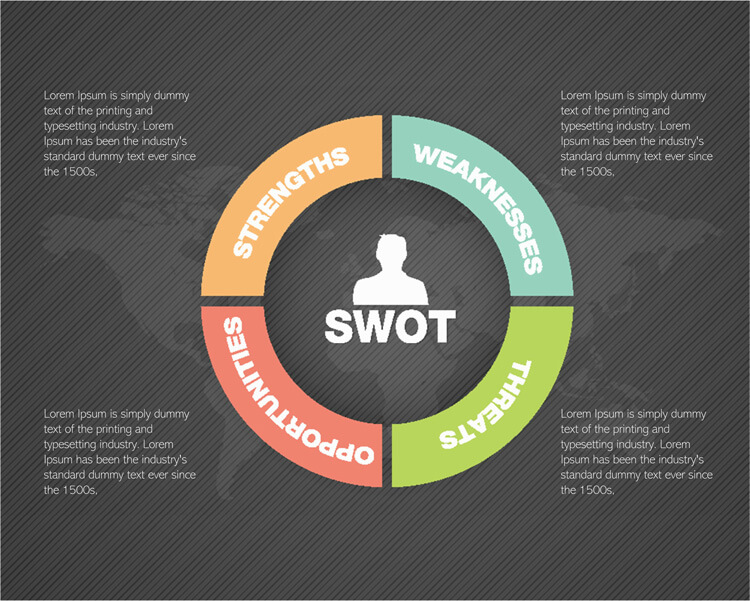

Return to Top Sample Query 4: Predicting Income using a Singleton Query Even though the Data Mining Add-ins for Excel do not create regression models, you can browse and query any mining model that is stored on an instance of Analysis Services. You can also create queries on regression models by using the SQL Server 2005 (9.x) Data Mining Add-ins for Excel or the SQL Server 2008 Data Mining Add-ins for Excel. The prediction query builder is available in both SQL Server Management Studio and SQL Server Data Tools. You can build prediction queries on linear regression models by using the Mining Model Prediction tab in Data Mining Designer. Return to Top Making Predictions from a Linear Regression Model The ATTRIBUTE_NAME column is not included here because it is always blank for the coefficient. This query returns two rows, one from the mining model content, and the row from the nested table that contains the coefficient. Return to Top Sample Query 3: Returning Only the Coefficient for the Modelīy using the VALUETYPE enumeration, you can return only the coefficient for the regression equation, as shown in the following query: SELECT FLATTENED MODEL_NAME, VALUETYPEįor more information about the meaning of each value type for regression models, see Mining Model Content for Linear Regression Models (Analysis Services - Data Mining). The following table shows the value types that are output for a linear regression formula. The values in the VALUETYPE column tell you what kind of information is contained in each row, which is useful if you are processing the results programmatically. You can see that in the Mining Legend, some numbers are rounded however, the NODE_DISTRIBUTION table and the Mining Legend essentially contain the same values. In comparison, in the Mining Legend, the regression formula appears as follows: If you reference individual columns of the nested table by using a query such as SELECT from NODE_DISTRIBUTION, some columns, such as SUPPORT or PROBABILITY, must be enclosed in brackets to distinguish them from reserved keywords of the same name. You can also return the parameters that were used when the model was first created. This might include when the model was created, when the model was last processed, the name of the mining structure that the model is based on, and the name of the column designated as the predictable attribute. Return to Top Sample Query 1: Using the Data Mining Schema Rowset to Determine Parameters Used for a Modelīy querying the data mining schema rowset, you can find metadata about the model. For more information, see Mining Model Content for Logistic Regression Models (Analysis Services - Data Mining). The structure of a linear regression model is extremely simple: the mining model represents the data as a single node, which defines the regression formula. Using prediction functions with a regression model Finding Information about the Linear Regression Model Predicting income using a singleton query Returning only the coefficient for the model Using DMX to return the regression formula for the model

Using the Data Mining Schema Rowset to determine parameters used for a model For more information, see Microsoft Decision Trees Algorithm Technical Reference. 2022.Īll rights reserved.Because linear regression is based on a special case of the Microsoft Decision Trees algorithm, there are many similarities, and some decision tree models that use continuous predictable attributes can contain regression formulas. Variance with X2-based confidence interval.Hodges-Lehmann pseudo-median with Tukey confidence interval.Median with Thompson-Savur confidence interval.Mean estimate with t-based or Z-based confidence interval.Z test for mean with known population SD.Shapiro-Wilk, Anderson-Darling, and Kolmogorov-Smirnov tests for normality.Normal Q-Q plot with optional Lilliefors confidence band.CDF plot with optional Kolmogorov-Smirnov confidence band.Mean error bar plot, Mean confidence diamond plot.Skeletal box plot, Tukey outlier box plot, Quantile box plot.Dot plot – jittered, aligned, spread points and vary point symbol/color.Geometric Mean, Harmonic Mean new in v4.50.Sum, Mean, Variance, SD, CV%, Skewness, Kurtosis.


 0 kommentar(er)
0 kommentar(er)
